Choosing the right connector for electronic projects
Connectors play a fundamental role in electronic systems by linking components together to ensure smooth power flow and signal transmission. The right connector can have a significant impact on the performance and reliability of any system. In this article, we'll explore some of the most commonly used connectors, discuss their features, and help you choose the one that suits your specific requirements.
Components
| XT60 Connector
|
| Deans Connector
|
| JST connector $1.68 |
| Anderson powerpole connector $3.73 |
XT60: a solid performer for high-power needs
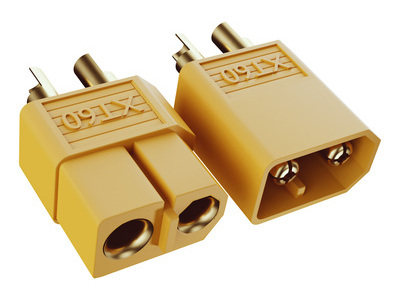
The XT60 connector is widely used in high-power applications, especially in the RC and drone industries. Known for its ability to handle up to 60A of current, it provides a stable connection even in systems with significant vibration or movement. The secure fit between the male and female parts reduces the risk of accidental disconnections. It's an excellent choice when reliability is key for high-current applications.
Common Uses:
RC vehicles, drones, and e-bikes
Battery-to-ESC (Electronic Speed Controller) connections
Custom high-current electronics
Pros:
Handles high current with stability
Reliable in high-vibration systems
Long-lasting connection
Cons:
Soldering required, which may be difficult for some
Larger size may not fit in compact setups
XT60 connectors are perfect for applications where stable, high-power connections are necessary but may require some experience with soldering and a bit more space.
Deans: a compact solution for moderate power
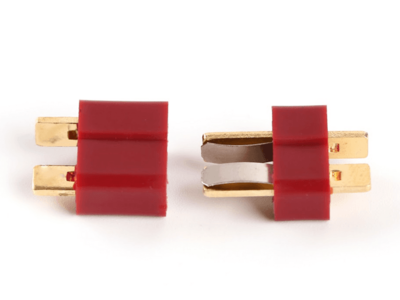
Deans connectors, often referred to as T-Plugs, are small but efficient, making them a favorite in RC cars, planes, and helicopters. Their design minimizes the space needed for connections while providing efficient power transfer with low resistance. However, the compact size can make soldering tricky for less experienced users.
Common Uses:
Small to medium RC vehicles and aircraft
Moderate-power battery connections
Pros:
Compact design saves space
Efficient power transfer
Cons:
Challenging to solder for beginners
Limited current capacity compared to larger connectors
Deans connectors are a good choice for small builds and moderate-power systems, though their compact size may present challenges in assembly.
JST: light, simple, and affordable
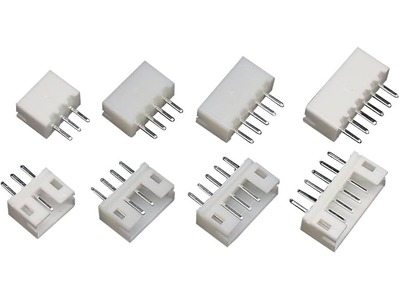
JST connectors are often used in low-power applications due to their lightweight and simple snap-in design. They're ideal for small devices like LED lighting systems and battery-powered gadgets. Though they are easy to install, their low current capacity and less secure connection make them unsuitable for high-power systems.
Common Uses:
LED lighting systems
Small battery-powered devices
PCB connections
Pros:
Lightweight and compact
Easy to install, especially with pre-crimped versions
Cost-effective
Cons:
Not suited for high-power applications
Less secure than other connectors
JST connectors are best suited for light-duty applications where simplicity and low cost are more important than handling high current.
Anderson powerpole: modular and customizable
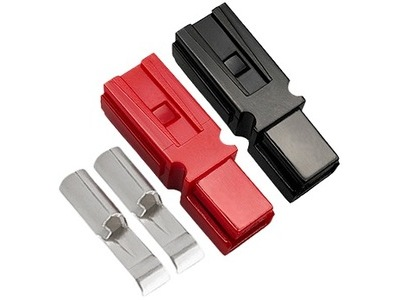
Anderson Powerpole connectors are modular, allowing users to adjust configurations to suit specific needs. Available in different sizes and current ratings, they are commonly used in robotics, solar power setups, and amateur radio. These connectors offer a reliable crimped connection, making installation easier than soldering.
Common Uses:
Amateur radio
Robotics and automation
Solar power systems
Pros:
Modular design offers flexibility
Crimp connections are secure and reliable
Handles a wide range of current capacities
Cons:
Bulkier than smaller connectors
More expensive than simpler options
Powerpole connectors are an ideal choice for those who need flexible, secure connections in medium- to high-power systems.
Bullet connectors: simple and effective
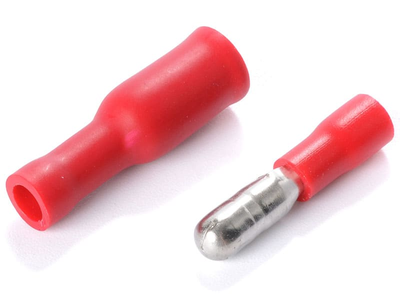
Bullet connectors are a straightforward option for connecting wires in motors or temporary setups. Their cylindrical shape ensures a quick and secure connection. However, they can loosen over time, especially in systems that experience vibration.
Common Uses:
RC motors
Power connections for temporary setups
Wiring harnesses
Pros:
Easy to use and widely available
Simple installation
Available in various sizes
Cons:
Can loosen with time and vibration
Not suitable for high-current applications
Bullet connectors are a good choice when ease of use is key, but they might not hold up as well in high-stress, high-current environments.
Conclusion
Selecting the correct connector is essential for ensuring your system operates efficiently and reliably. Each of the connectors have distinct advantages, making them suited to specific applications. By understanding the requirements of your project and selecting the appropriate connector, you can avoid performance issues and create a more dependable setup. There's always a connector that will fit your needs and help make your project work as intended.





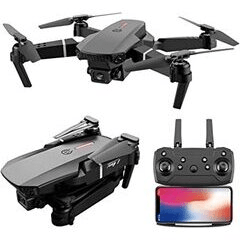
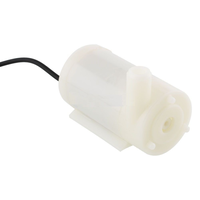
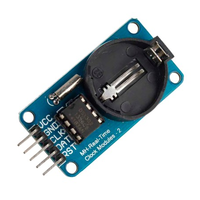
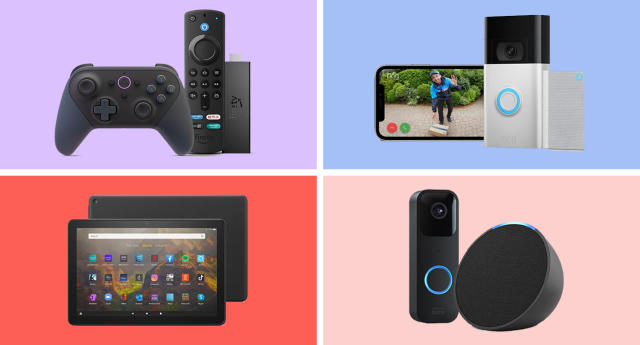
0 Comments